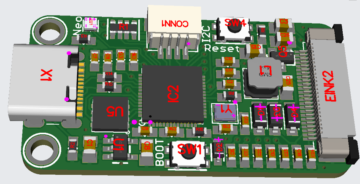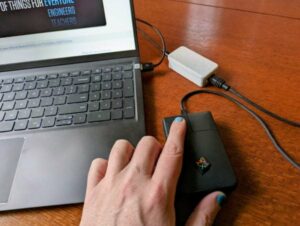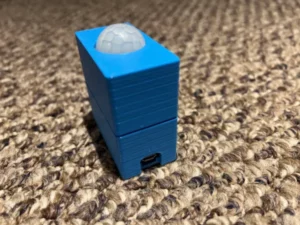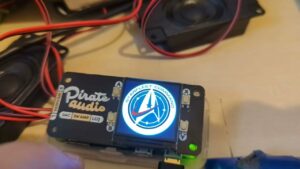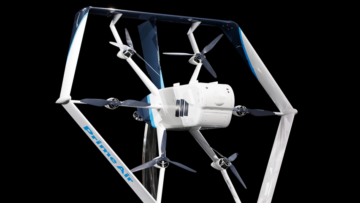[embedded content]
This week’s EYE ON NPI (video) is gonna do you a solid, thanks to Sensata – Crydom’s Series 1 AC Panel Mount Solid State Relays.
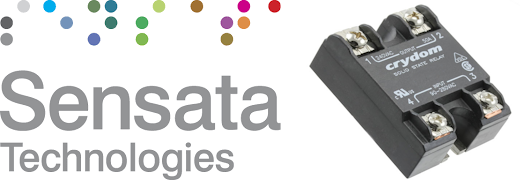
Solid state relays are a great replacement for mechanical relays, when you want to have high speed switching or want to avoid contact corrosion and replacement. Crydom makes a ton of different SSR’s in a variety of power ratings, and while they share the same name as mechanical relays…there’s a lot to watch out for when updating your designs!

We’ve highlighted SSR’s before on EYE ON NPI. As we’ve covered before, usually when folks start out turning AC power on and off, they tend to use a relay. Relays are simple: inside is a mechanical switch with a ferromagnetic throw. When a nearby coil of wire has current going through it, the coil becomes an electromagnet and pulls the throw to one side. Relays are electrically and mechanically isolated because there’s air between the electromagnetic coil and the switch throw. They’re very inexpensive and come in many shapes and power capabilities.
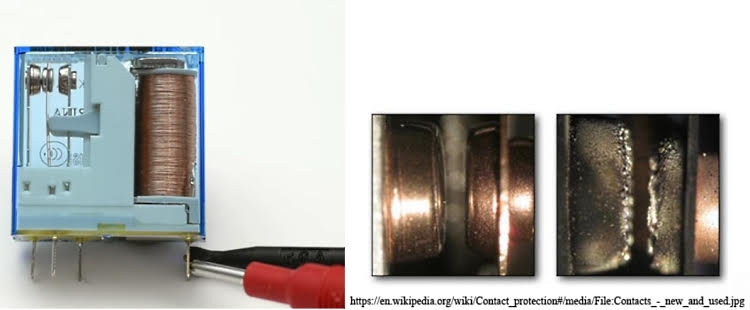
Because relays are electro-mechanical, they have to two properties that may be undesirable. First is speed: it takes a few milliseconds (say about 10ms) to energize that coil and move it to the side. The second is mechanical wear and failure: relays will eventually fail from mechanical stress or oxidation. Every time you switch the relay, a little arc is formed from the mechanical chatter, which creates a little burn on the contact. It’s a very small oxidation, but it adds up, and the more you use a mechanical relay, the faster it will fail. The fail rate depends on the load type, activation voltage, contact material, etc., but they’re in the 10s of thousands. Relays not meant for high speed or repetitive switching, which is why a lot of them are plug-in or easily swappable.
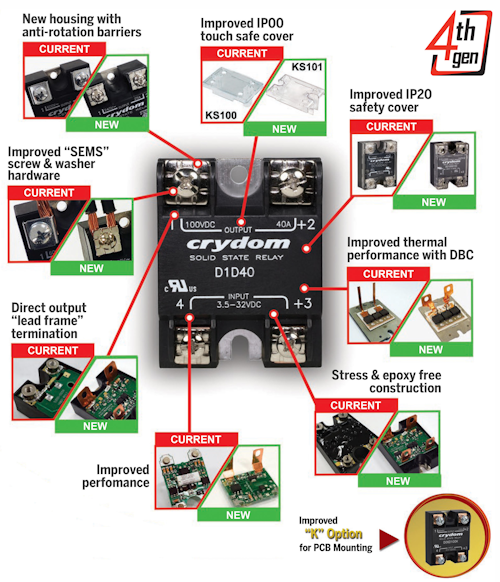
That’s where SSRs come in! DigiKey carries over 3,000 different SSR configurations from Sensata including a few options that can control DC and can be switched at low voltages like 3 or 5V DC, great for integration with a microcontroller or microcomputer.
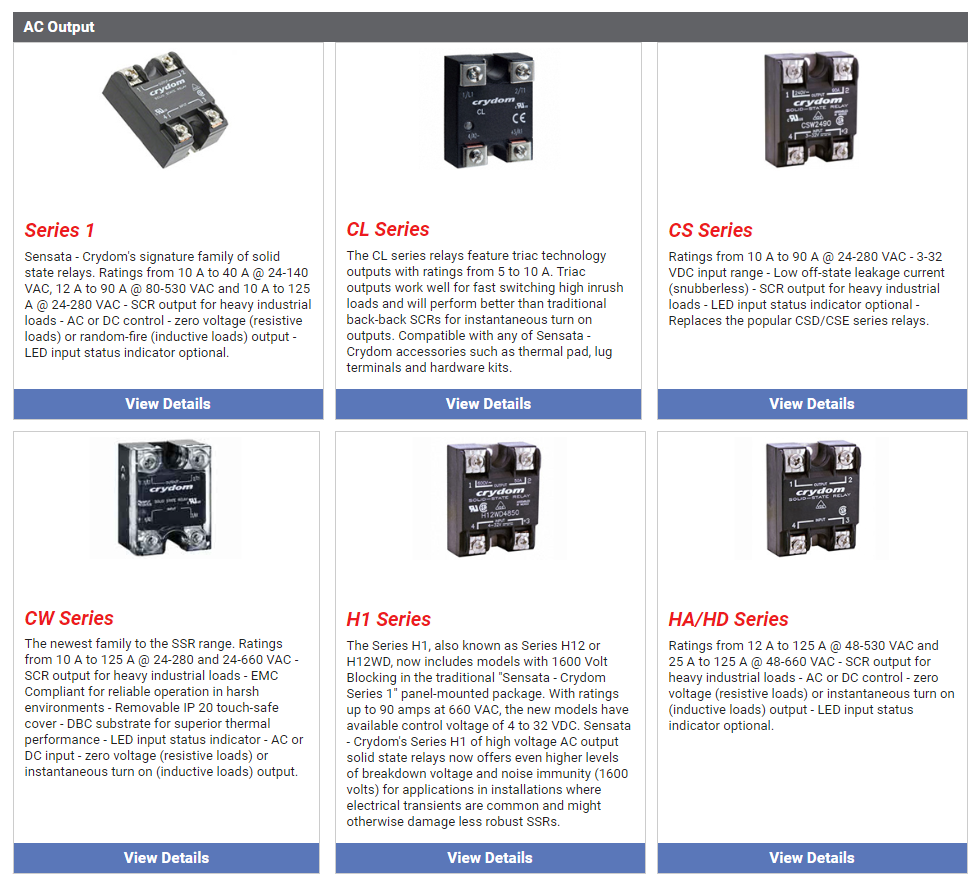
Some of the SSRs like the D2490 can even handle up to 90 Amps at 280VAC! These SSRs come in a classic ‘hockey puck’ shape – two large slots makes them easy to mount onto a heat sink, then 4 terminal blocks with plastic protection. And one of the nice things about Sensata SSRs is that there’s a whole family of accessories such as clear plastic covers, thermal pads and heat-sinks.
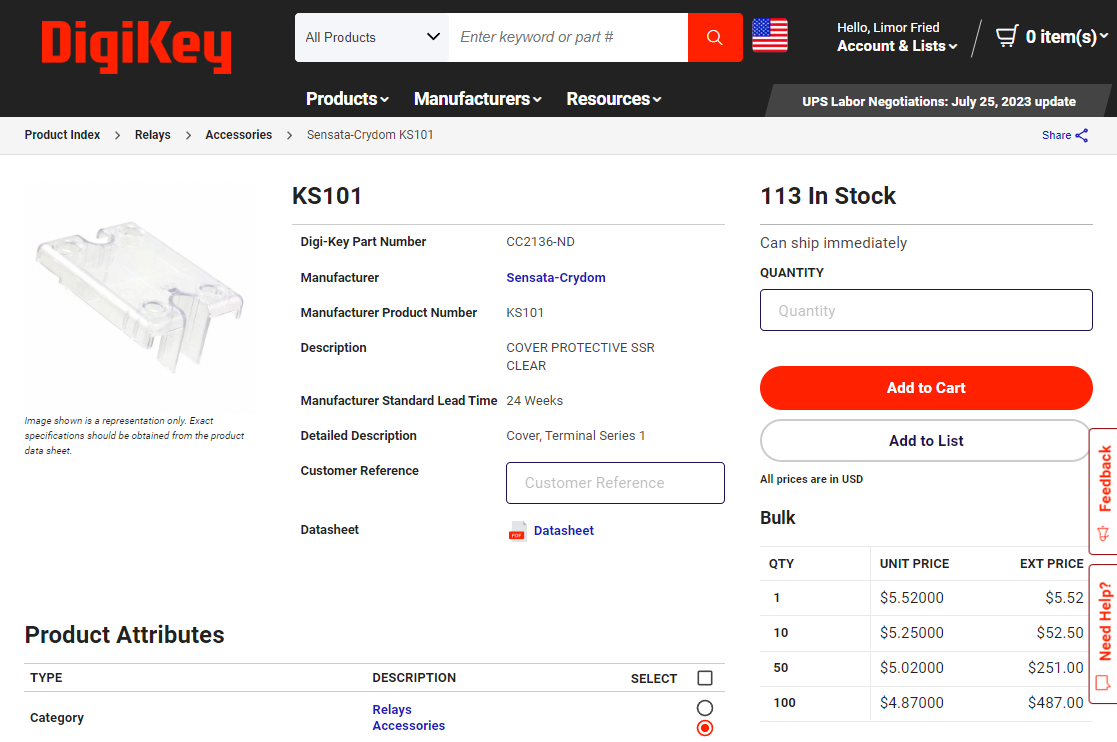
The heat-sinks, in particular, are going to be really important when dealing with switching high currents. For example, the D2490 has a forward voltage of 1.15V on the output, which means that at 10 Amp output, you’ll see 1.15 * 10 Amp = 11.5 Watts of power to dissipate – not too bad – but that power rises linearly, so at 20A its 23W, and at 40A its 50W. That heat needs to be pulled away, and a big chunky heatsink will do the job nicely.
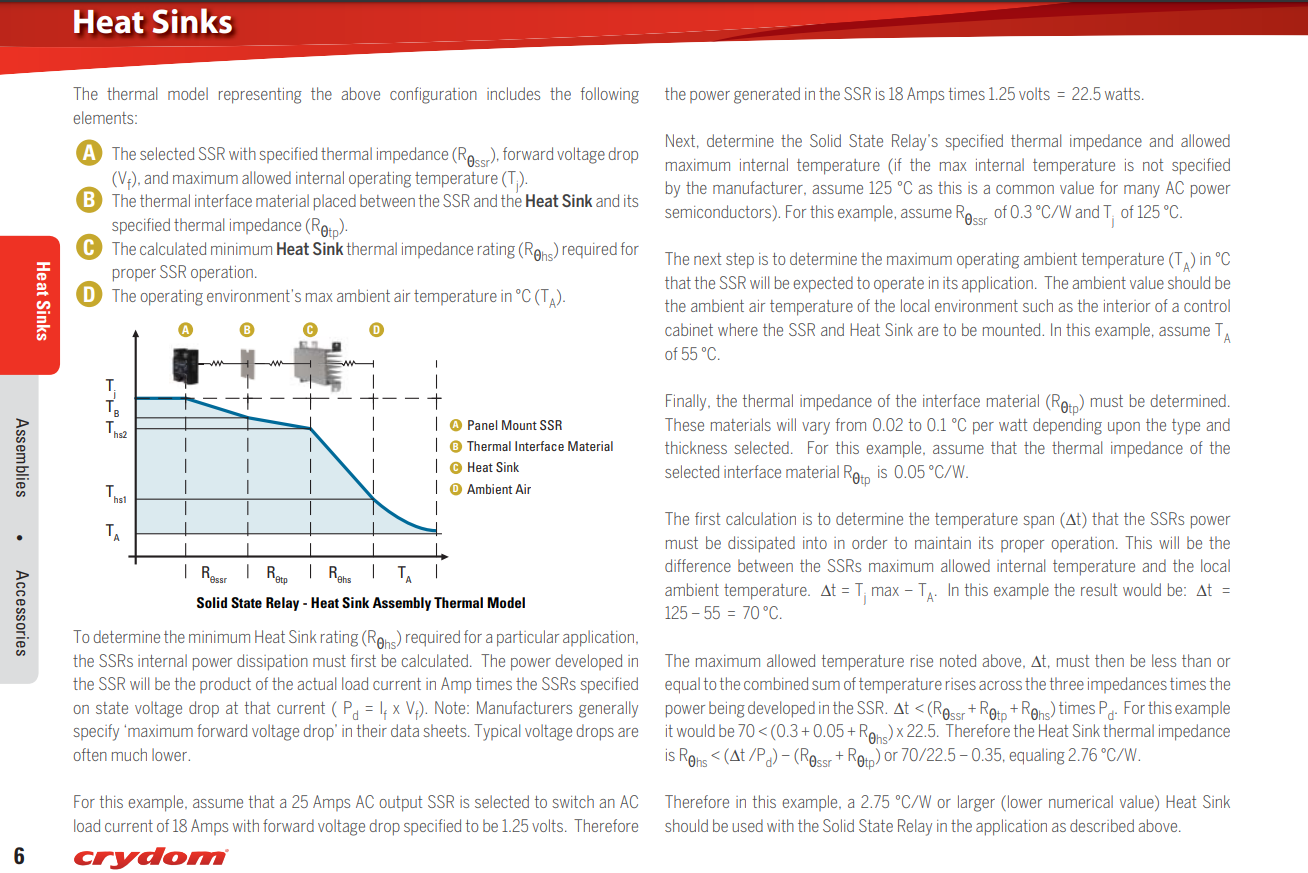
We’ve noticed that SSRs tend not to be cooled off with fans, probably because it would be a source of failure in a dusty environment. Check out the Senata documentation for how to calculate your heat sink size. DigiKey also stocks all of the Sensata SSR Heat Sinks you can carry as well as thermal pads, lug terminals and clear covers that protect you from high voltage, and the SSR from your grubby fingers.
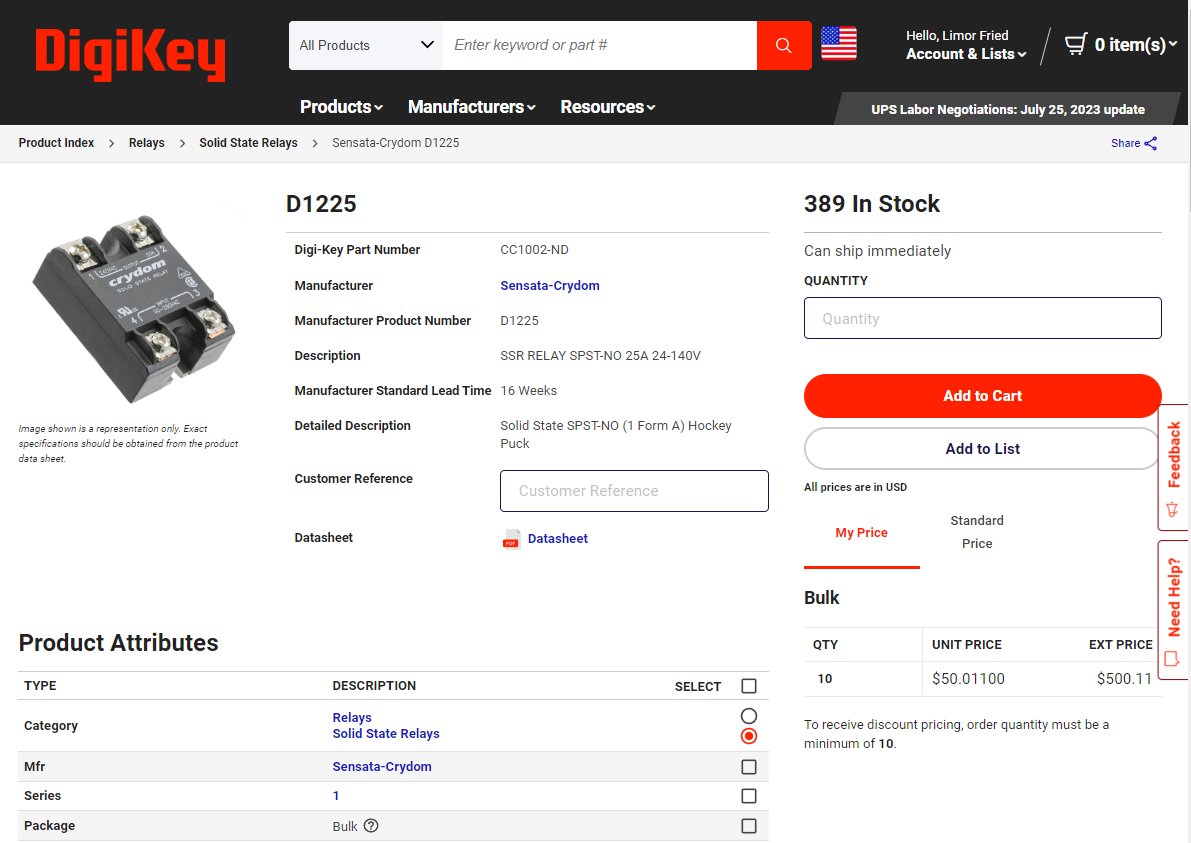
No matter what load you’re switching, Sensata has an SSR that will fit perfectly into your design & budget with over 3,000 different SSR offerings – all stocked by DigiKey for immediate shipment! Order your Sensata Crydom SSR and matching heat sink today, and you’ll have a safe and reliable solid state relay in your hand by tomorrow afternoon.
And check out the manufacturer’s video:
[embedded content]
- SEO Powered Content & PR Distribution. Get Amplified Today.
- PlatoData.Network Vertical Generative Ai. Empower Yourself. Access Here.
- PlatoAiStream. Web3 Intelligence. Knowledge Amplified. Access Here.
- PlatoESG. Automotive / EVs, Carbon, CleanTech, Energy, Environment, Solar, Waste Management. Access Here.
- BlockOffsets. Modernizing Environmental Offset Ownership. Access Here.
- Source: https://blog.adafruit.com/2023/08/03/eye-on-npi-sensata-crydoms-series-1-ac-panel-mount-solid-state-relays-eyeonnpi-digikey-sensata-digikey-adafruit/
- :has
- :is
- :not
- :where
- $UP
- 000
- 1
- 10
- 11
- 15%
- 180
- 500
- 90
- a
- About
- AC
- accessories
- Activation
- Adds
- AIR
- All
- also
- amp
- AMPs
- an
- and
- Arc
- ARE
- AS
- At
- avoid
- away
- Bad
- BE
- because
- becomes
- before
- between
- Big
- Blocks
- budget
- burn
- but
- by
- CAN
- carry
- check
- chunky
- classic
- clear
- coil
- come
- contact
- content
- control
- corrosion
- covered
- covers
- creates
- Current
- dc
- dealing
- depends
- Design
- different
- do
- documentation
- easily
- easy
- embedded
- Environment
- etc
- Ether (ETH)
- Even
- eventually
- Every
- example
- eye
- FAIL
- Failure
- family
- fans
- faster
- few
- First
- fit
- For
- formed
- Forward
- from
- going
- great
- hand
- handle
- Have
- High
- How
- How To
- HTTPS
- immediate
- important
- in
- Including
- inexpensive
- inside
- integration
- into
- isolated
- IT
- ITS
- Job
- lab
- large
- like
- little
- load
- Lot
- Low
- MAKES
- matching
- material
- Matter
- max-width
- May..
- means
- meant
- mechanical
- more
- MOUNT
- move
- name
- needs
- nice
- of
- off
- on
- ONE
- Options
- or
- order
- out
- output
- over
- panel
- particular
- performing
- plastic
- plato
- Plato Data Intelligence
- PlatoData
- power
- probably
- properties
- protect
- protection
- Pulls
- Rate
- ratings
- really
- Relay
- reliable
- repetitive
- replacement
- Rises
- s
- safe
- same
- say
- Second
- see
- Series
- Shape
- shapes
- Share
- side
- Simple
- slots
- small
- So
- solid
- Source
- speed
- start
- State
- Stocks
- stress
- such
- Switch
- switched
- takes
- tech
- Terminal
- test
- thanks
- that
- The
- Them
- then
- thermal
- These
- they
- things
- thousands
- Through
- time
- to
- today
- tomorrow
- Ton
- too
- Turning
- two
- type
- updating
- use
- usually
- variety
- very
- Voltage
- want
- Watch
- WELL
- What
- when
- which
- while
- whole
- why
- Wikipedia
- will
- Wire
- with
- would
- you
- Your
- youtube
- zephyrnet

